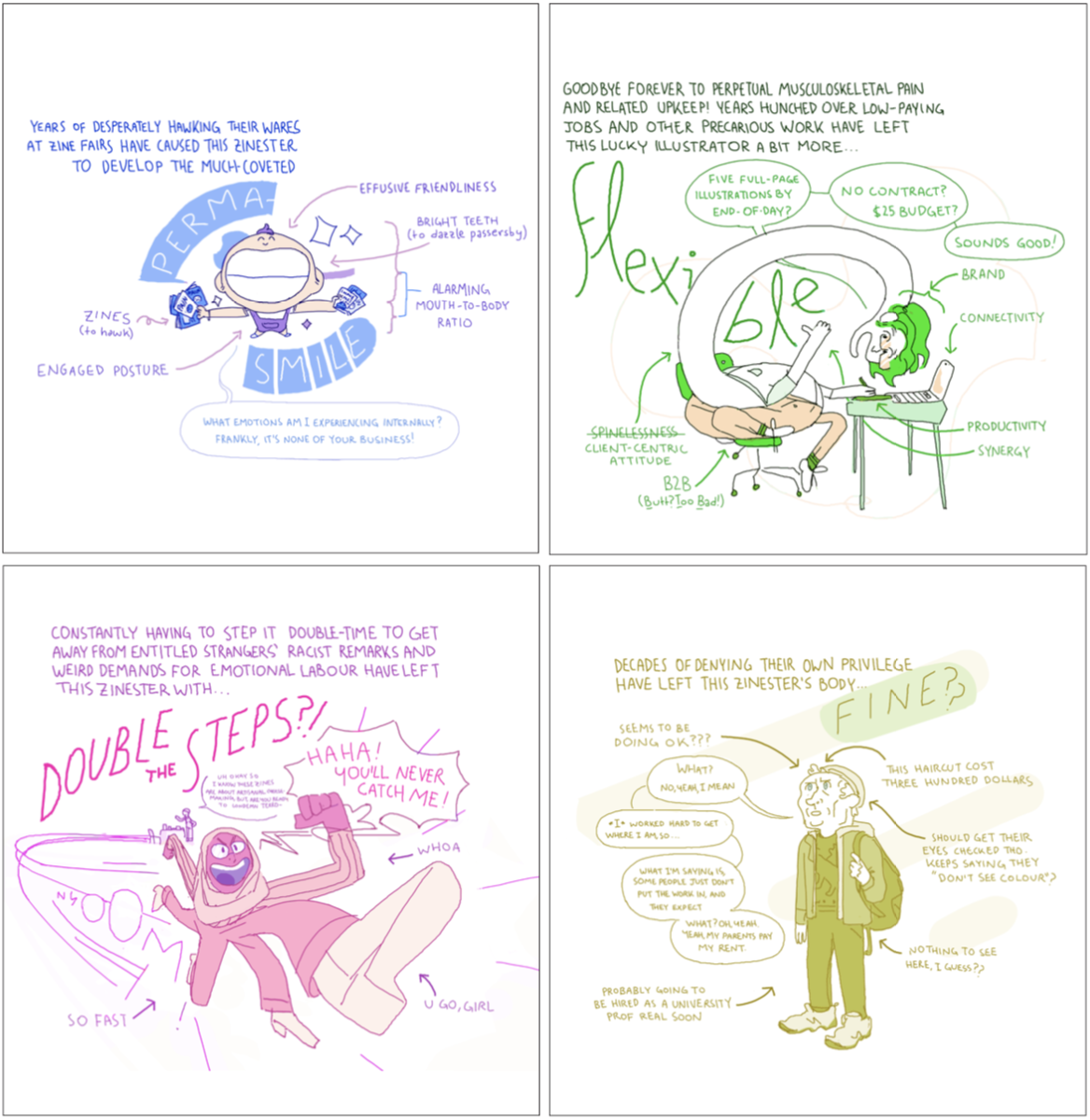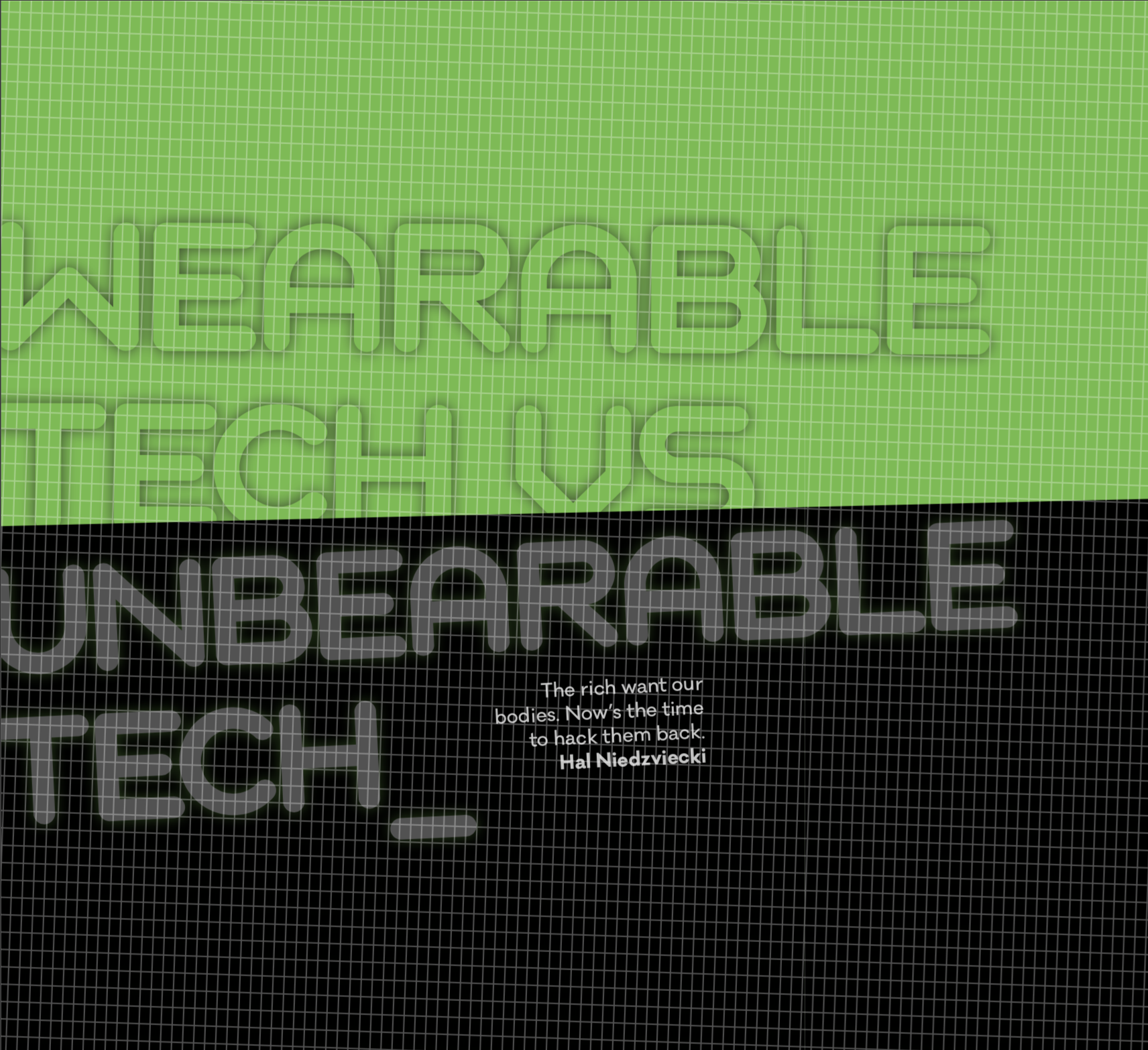Zinester’s Toolkit: Meet THE LECTRO-STIK, an old friend to zinesters and collagers
A column that spotlights the tools and processes behind the craft of zines and self-publishing
I was pretty deep in a typical Instagram scroll hole when my eyes glitched over something




